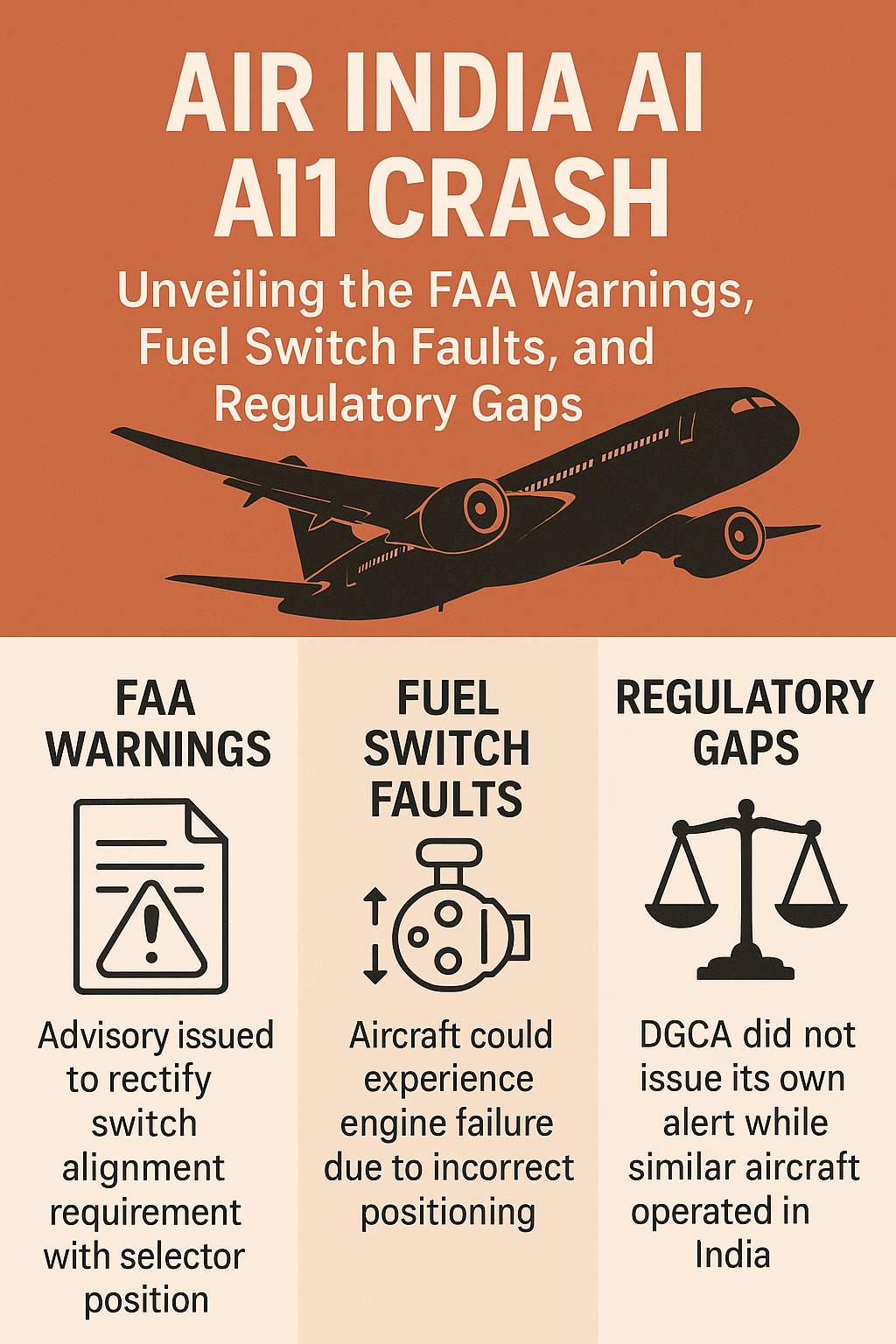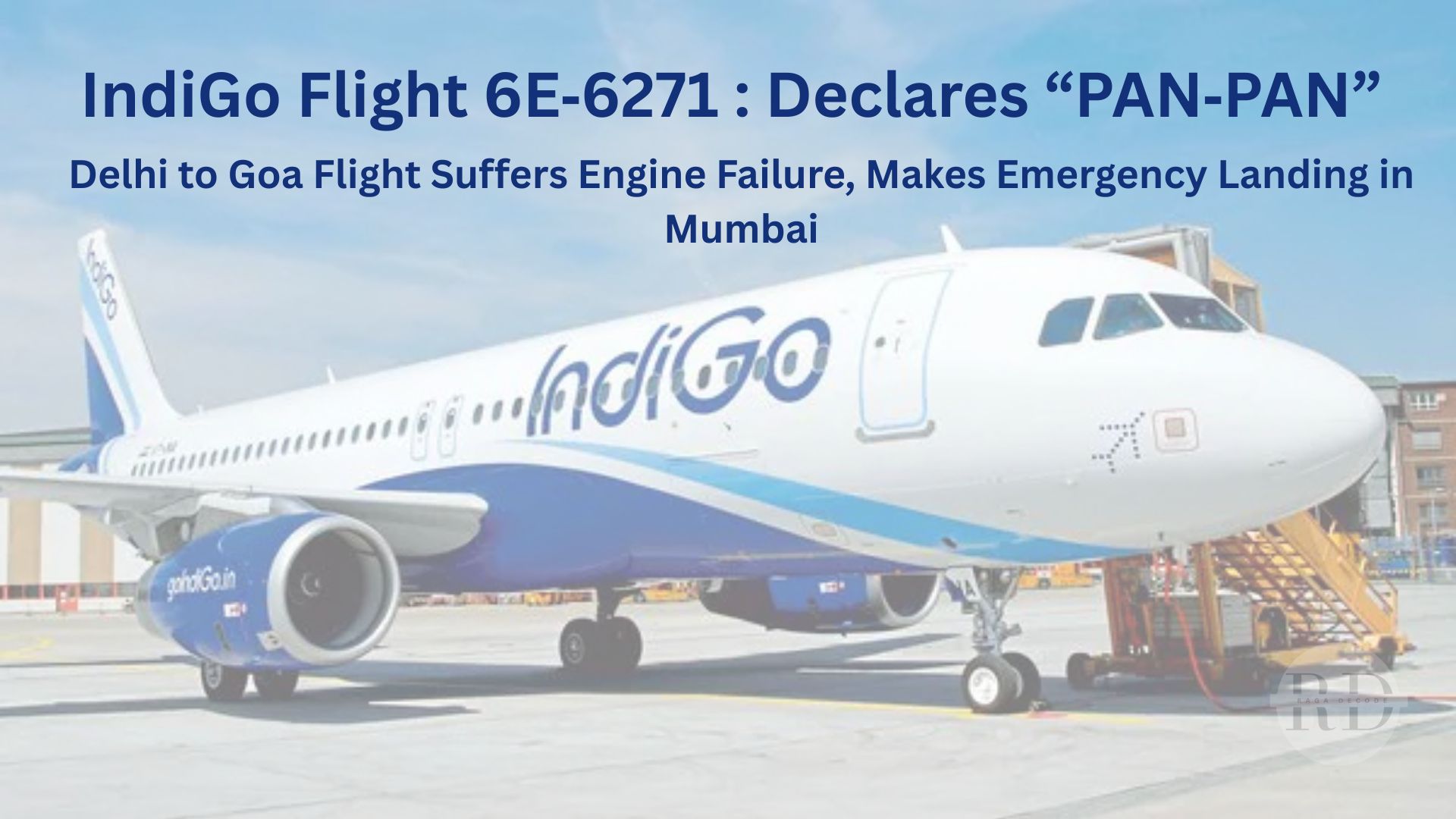Flying used to be the safest, most routine way to travel. You boarded the plane, relaxed, and landed at your destination. But lately, air travel is causing anxiety. In just a few months, flights across Asia—from India to Japan—have turned into terrifying news stories. Oxygen masks, emergency landings, and panicked passengers typing goodbye texts midair have sparked one critical question: is flying still safe?
A Pattern of Panic
The fear is real and growing. In one case, a Japan Airlines flight cruising at 32,800 feet suddenly plunged. This wasn’t a mild shake—it was a plummet. Oxygen masks dropped, and passengers feared the worst. Although the plane landed safely in Osaka, it left travelers traumatized.
But this wasn’t an isolated incident. A series of similar events followed across Asia:
- On June 12, an Air India Boeing 787 crashed after takeoff in Ahmedabad, killing 241 of 242 onboard.
- Two days later, another Air India flight dropped 900 feet midair just after departure.
- An Air India flight from Mumbai to Chennai made an emergency return after passengers noticed a burning smell.
- A Batik Air flight in Indonesia nearly scraped the ground during a storm.
- An IndiGo flight from Chennai to Hyderabad made an emergency landing after an engine malfunction midair.
- Another IndiGo flight to Madurai turned back due to a technical snag just 30 minutes into the journey.
- A Guwahati–Chennai IndiGo flight was forced to divert to Bengaluru after a “fuel mayday” call due to traffic delays in Chennai.
- Air India Flight 315 returned to Hong Kong after receiving a fuel filter warning midair, prompting immediate safety protocols.
The volume and frequency of such incidents have made every safety precaution feel like a near-miss to anxious passengers.
Is Flying Still Safe?
Statistically, yes. Flying remains the safest way to travel. You're more likely to choke on food than die in a plane crash. But rising midair emergencies make statistics feel distant. Fear spreads faster than logic—especially when headlines keep coming.
Boeing’s Struggling Reputation
One common thread is Boeing. The Japan Airlines aircraft involved in the sudden descent was a Boeing 737-800—a model with a troubling track record. Since 2000, this family of aircraft has been linked to over a dozen fatal crashes. Boeing maintains that its newer models are safe, but trust is eroding.
Aging Aircraft and Airline Costs
In many parts of the world, airlines are still operating planes that are well past their prime. Maintenance costs rise with age, and not all carriers are keeping up. Older planes, if not carefully serviced, pose serious risks.
A Workforce Under Strain
Another issue: aviation is experiencing a shortage of skilled pilots, air traffic controllers, and maintenance crews. Many new employees are being trained quickly—some say too quickly. Inexperience combined with high pressure increases the margin for error.
Public Sensitivity and Heightened Scrutiny
Since the Ahmedabad crash, aviation regulators have tightened oversight. Even minor technical issues now trigger media attention and investigations. Passengers, too, are more alert than ever. What once seemed like routine procedures now feel like red flags.
Investigations Are Opening the Black Box
Increased scrutiny has also opened doors for deeper investigations. Incidents like the Air India Ahmedabad crash and Flight 315’s midair fuel warning have revealed how vital black box data, maintenance logs, and pilot reports are. Airlines can no longer dismiss red flags—they must be accountable.
Conclusion
So, is flying getting scarier? Not necessarily—but the hidden flaws in aviation safety are now visible. Maintenance gaps, rushed training, outdated fleets—these are real problems. The good news is that public pressure and regulatory scrutiny are forcing airlines to take action.
Fear can be dangerous, but ignoring reality is worse. The aviation industry has a chance to rebuild confidence, but only through transparency and serious reform.





